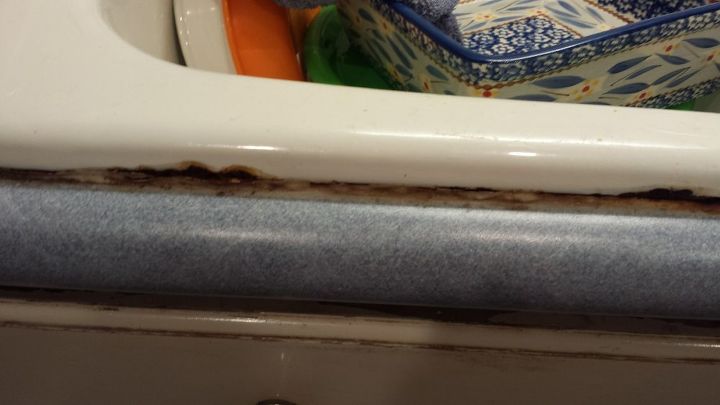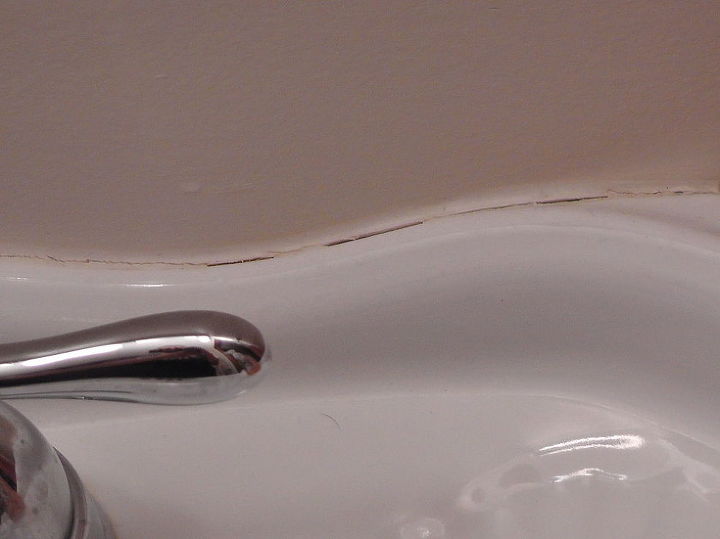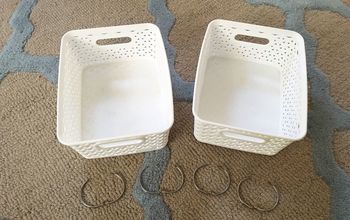Replace kitchen sink caulk

Related Discussions
How to get rid of mice?
We seem to have some unwelcome Mickeys and Minnies in our house. What is the best way to get rid of them?
How to remove popcorn ceiling with asbestos?
I want to remove my popcorn ceiling, but it has asbestos in it. How do I go about this safely?
How to caulk baseboard gaps?
How do I fill gaps at baseboard, should I caulk? If so, does anyone know how to caulk baseboards?
How to fix squeaky hardwood floors?
How do I fix squeaky hardwood floors?
How to replace caulk around a pedestal sink?
The caulk is starting to crack, what kind is best, also how to remove it (utility knife?), also what kind of prep before replacing caulk?
Can my kitchen sink be replaced ,its set in a quartz countertop.
I don't expect to do it ourselves,but wondered if it can be done?







Hi Fran, start with a clean surface, so removing the existing caulk is very important. Scrape it out with a screwdriver or a putty knife. (If you run into stubborn caulk that you can't get loose, use a utility blade to score the top and bottom.) After all the old caulk is removed, re-caulk it with quality caulk. Make sure you use 100% silicone caulk. It’s more flexible and will expand and contract. Let it dry. Then add decorative trim. Take your measurements with you to buy the trim. Home Depot will cut the trim for free if you buy it there. You can also add a backsplash that would cover the gap, but you’ll still need to caulk. Good luck.